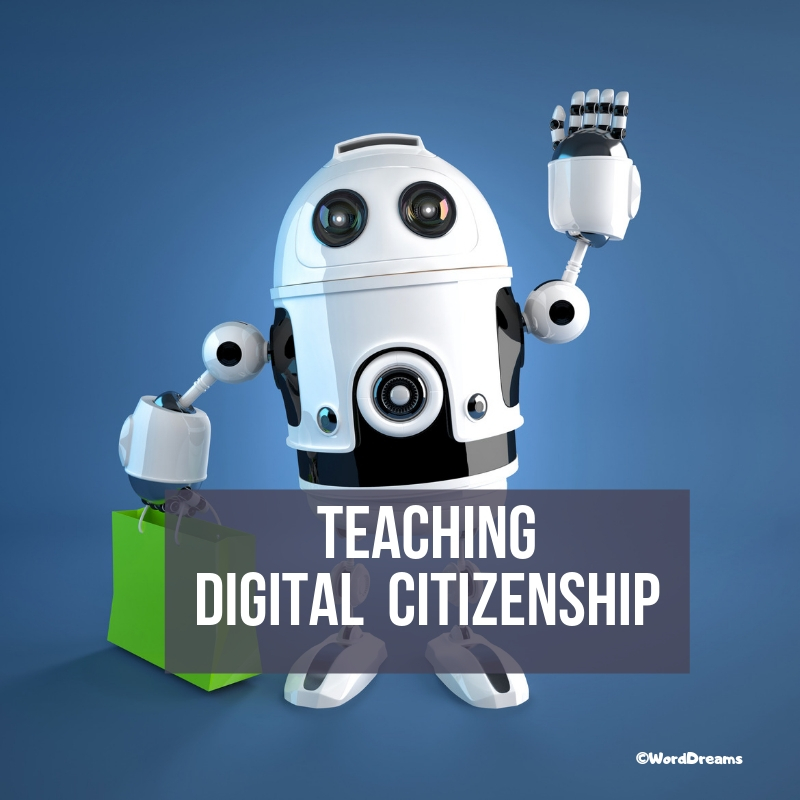 October is National Bullying Prevention Month. Started in 2006, it aims to educate and raise awareness of bullying prevention around the world and is supported by hundreds of schools, corporations, and celebrities. While schools can sponsor month-long events, the most popular is to wear orange on October 19th, designated Unity Day.
October is National Bullying Prevention Month. Started in 2006, it aims to educate and raise awareness of bullying prevention around the world and is supported by hundreds of schools, corporations, and celebrities. While schools can sponsor month-long events, the most popular is to wear orange on October 19th, designated Unity Day.
Why is this so important? Check these statistics (from Pacer.org):
- One out of every four students (22%) report being bullied during the school year. (National Center for Educational Statistics, 2015)
- 64 percent of children who were bullied did not report it. (Petrosina, Guckenburg, DeVoe, and Hanson, 2010)
- More than half of bullying situations (57 percent) stop when a peer intervenes on behalf of the student being bullied. (Hawkins, Pepler, and Craig, 2001)
- School-based bullying prevention programs decrease bullying by up to 25%. (McCallion and Feder, 2013)
- The reasons for being bullied reported most often by students were looks (55%), body shape (37%), and race (16%). (Davis and Nixon, 2010)
Bullying doesn’t just occur in the physical world. Online bullying (called ‘cyberbullying’) is a growing and insidious activity that is proving even more destructive to children than any other kind. It includes not only websites, but cell phones, Nintendo, and Wii, as well as communication tools including social media sites, text messages, chat, and websites. Examples include mean text messages or emails, rumors sent by email or posted on social networking sites, embarrassing pictures, videos, websites, and fake profiles. Kids who are cyberbullied are more likely to:
- Use alcohol and drugs
- Skip school
- Experience in-person bullying
- Be unwilling to attend school
- Receive poor grades
- Have lower self-esteem
- Have more health problems
Sadly:
- 14.8% of high school students in the US report being bullied. (Center for Disease Control, 2014)
- 90% of teens who report being cyberbullied have also been bullied offline. (“Seven Fears and the Science of How Mobile Technologies May Be Influencing Adolescents in the Digital Age,” George and Odgers, 2015)
 Teaching students to recognize, avoid, and survive cyberbullying starts with you, the educator. Use these five digital resources to provide age-appropriate and dynamic education to students:
Teaching students to recognize, avoid, and survive cyberbullying starts with you, the educator. Use these five digital resources to provide age-appropriate and dynamic education to students:
- Bullied to Death--a true story of a teen who commits suicide because of cyberbullying
- Cyberbullying video—from BrainPop Jr; a good primer on the topic. Also included are topical games, activities, lesson plans, and a quiz. This can be viewed without a BrainPop Jr. subscription.
- Cyberbullying--geared for 5th grade and up; common questions students may ask about cyberbullying and the answers
- Cyberbullying—a discussion on what cyberbullying is; for older students or as a guideline for you when teaching the topic
- Think Time: How Does Cyberbullying Affect You–a hard-hitting short video that hits all the important points of cyberbullying
The best way to teach cyberbullying is as part of a unit on digital citizenship’s rights and responsibilities. When students use the internet, they likely only consider the benefits–what are called the ‘digital rights’–like these (from D. Ferris):
-
Right to freedom of expression
-
Right to privacy
-
Right to credit for personal works
-
Right to digital access
-
Right to our identity
What they rarely consider–until they are pointed out to them–are the related digital responsibilities such as:
-
Responsibility to report bullying, harassing, sexting, or identity theft
-
Responsibility to cite works used for resources and researching
-
Responsibility to download music, videos, and other material legally
-
Responsibility to model and teach student expectations of technology use
-
Responsibility to keep data/information safe from hackers
-
Responsibility not to falsify our identity in any way
Make a discussion and understanding of the repercussions of cyberbullying part of an overarching curriculum on how students function in the online world.
Jacqui Murray has been teaching K-18 technology for 30 years. She is the editor/author of over a hundred tech ed resources including a K-12 technology curriculum, K-8 keyboard curriculum, K-8 Digital Citizenship curriculum. She is an adjunct professor in tech ed, Master Teacher, webmaster for four blogs, an Amazon Vine Voice, CSTA presentation reviewer, freelance journalist on tech ed topics, contributor to NEA Today, and author of the tech thrillers, To Hunt a Sub and Twenty-four Days. You can find her resources at Structured Learning.




































Jacqui, Thank you for information about this important topic that should be discussed from time to time by children and adults. Role playing is a valuable way for everyone to be prepared for bullying instances. Also, thank you for mentioning my book as a resource. I welcome suggestions and comments at [email protected]. Thanks for all you do.
I like the down-to-earth way you address bullying, Rich. I think a lot of teachers would agree.